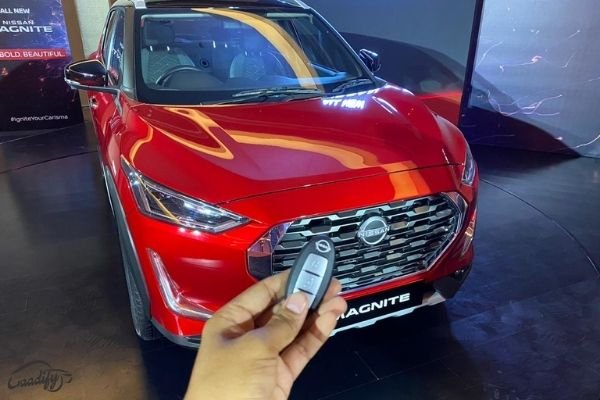There’s no denying that air pollution is a major concern for the world, and measures ought to be taken to relieve the problem. To reduce automotive pollutants, the stricter BS6 emission norms were implemented in India in 2020 and now the Indian automobile industry is set to witness phase II of BS6 standards in the form of Real Driving Emissions (RDE) norms from 1st April 2023. Post this date, all new passenger cars must comply with RDE requirements.
- Currently, the emission measurements are largely determined in the laboratory with reproduced scenarios and have no external influence. As a result, emission values differ greatly from real-world conditions. And this has prompted the development of a testing mechanism that measures pollutants in actual driving conditions.
- The RDE regulations bound automobile companies to measure pollutants emitted from a vehicle in a real-world driving scenario. A Portable Emissions Measurement System (PEMS) is used for this purpose.
- Europe was the first region in the world to introduce such regulations. And now India is on the same path. However, the adoption of such norms could be very challenging considering the climate, weather, road and geographical conditions in India is very different from those in Europe.
- As part of RDE norms, all diesel vehicles are required to have Selective Catalytic Reduction (SCR) systems, which incur additional costs for carmakers and may even be too costly for some smaller vehicles.
- By using Diesel Exhaust Fluid (AdBlue), SCR reduces tailpipe emissions of nitrogen oxides (NOx) by converting pollutants into nitrogen, water, and tiny amounts of carbon dioxide.
- With the Lean NOx Trap (LNT) system, small diesel engines with lower pollution levels have been able to comply with existing emissions standards. But they will have to use the more expensive SCR system. A majority of larger diesel engines (generally exceeding 2.0 litres) have already adopted the SCR system during the BS6 transition phase.
- Moreover, vehicles will now need an onboard self-diagnostic device to monitor real-time emissions levels. A constant check on emissions will be carried out by the device on key parts, including the catalytic converter and oxygen sensors. An alert light will be displayed when the vehicle’s emissions exceed the desired parameters, indicating that it needs to be serviced. Furthermore, the vehicles will be equipped with programmed fuel injectors that control the timing and amount of fuel injected. A more fine-tuned catalytic converter will also be used.
- All around, the Real Driving Emission (RDE) norms will impact the overall production costs, which will result in a slight increment in the prices of the vehicles.
Must Read: CAFE (Corporate Average Fuel Economy) Norms Explained


